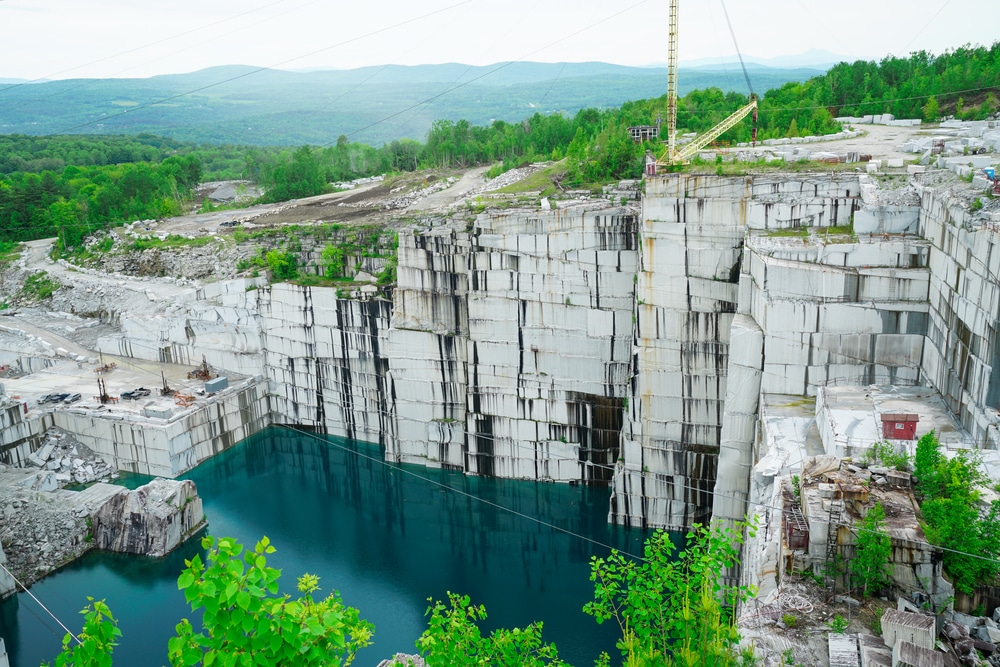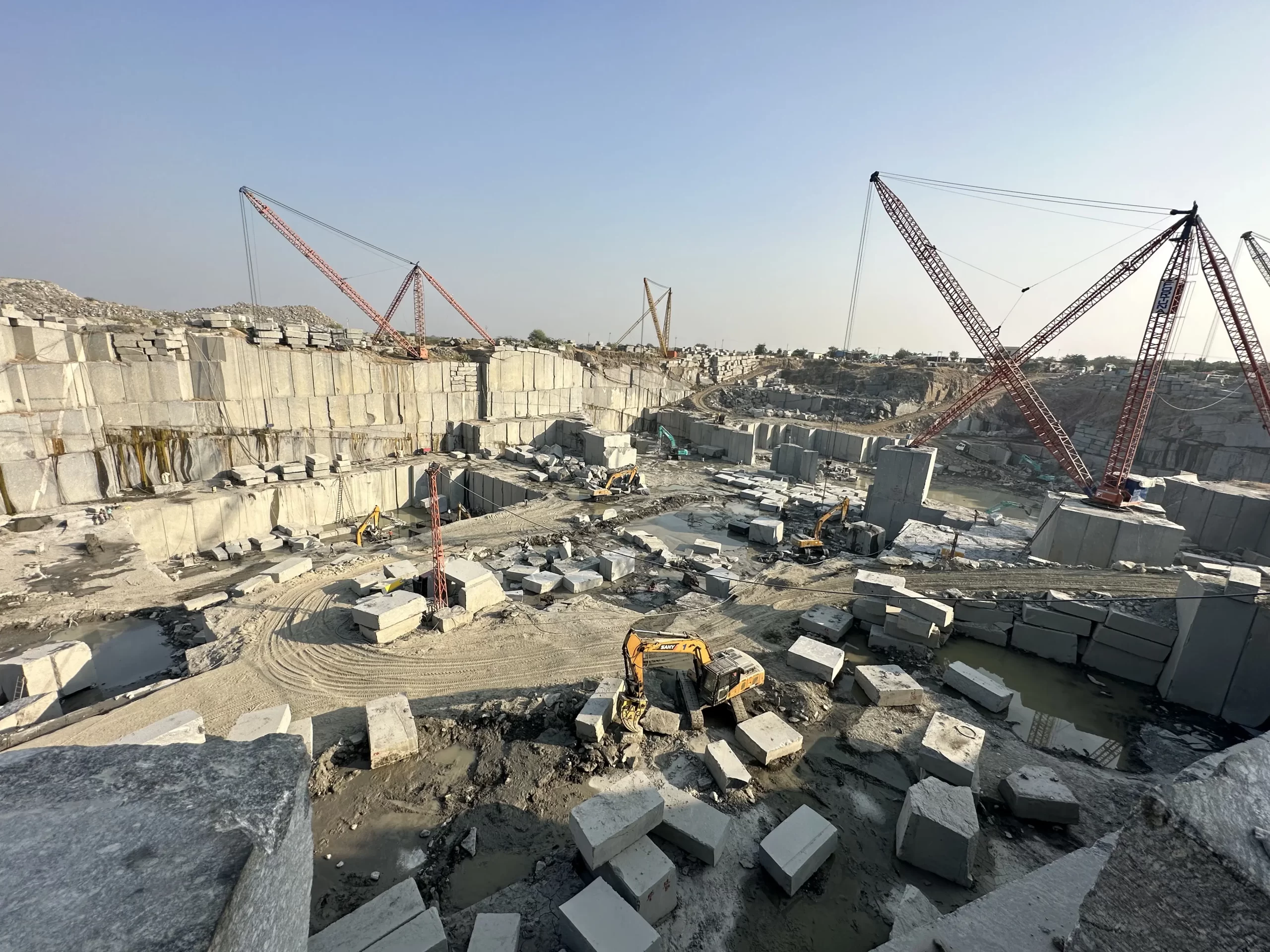Unveiling the Mysteries of Granite Quarrying: Where Toughness and Style Meet
The globe of granite quarrying is a realm where the raw stamina of nature assembles with human artistry to create frameworks that stand the examination of time with an air of elegance. From the midsts of quarries to the thorough polishing in workshops, the process of transforming granite into architectural marvels is a complex dance of custom and innovation. As we peer into the depths of this ancient craft, we start to discover the concealed intricacies that form the extremely significance of our constructed setting.
The Beginnings of Granite Quarrying
In the record of building background, the beginnings of granite quarrying are shrouded in a tapestry of old workmanship and geological wonders. Dating back to ancient Egypt and Mesopotamia, the extraction of granite from quarries marked the beginning of a journey that would at some point lead to the development of several of the globe's most famous structures.
Granite quarrying's roots can be traced to the skilled artisans who recognized the rock's resilience and visual charm. With a mix of primitive tools and sheer resolution, these early quarry workers unearthed granite blocks that would certainly come to be the foundation of worlds.
As human beings progressed, so did the techniques of quarrying granite. The Romans, renowned for their design prowess, established sophisticated methods for extracting granite to build monoliths, temples, and roads that stood the test of time.
The legacy of these ancient quarrying methods proceeds to shape modern-day style, with granite staying a symbol of strength and elegance in building projects around the globe. (granite quarries in south africa)
Tools of the Quarrying Profession
The advancement of granite quarrying methods from old human beings to contemporary times highlights the critical duty played by the tools of the quarrying sell shaping the market's practices. In old times, quarrying tools were fundamental, usually containing knives, hammers, and wedges made from products like bronze or iron. These tools called for substantial workforce and time to extract granite obstructs from quarries.

Furthermore, the intro of pneumatic devices and high-powered machinery has actually view it now significantly minimized the physical labor required in quarrying operations, enhancing worker security and productivity. As the quarrying market proceeds to innovate, the devices of the trade stay at the leading edge of driving development and forming the future of granite extraction.
Drawing Out Blocks of Granite
Utilizing precision equipment and advanced methods, the removal of granite obstructs from quarries has come to be a sophisticated process in the modern-day quarrying industry. Regulated blowing up methods are then utilized to break apart the granite right into manageable sections.

Sprucing Up and Ending Up Strategies
To attain a remarkable surface area on granite blocks, skilled artisans use a series of careful polishing and finishing strategies. After the preliminary extraction and shaping procedures, the granite obstructs undertake an extensive polishing phase to enhance their natural elegance and durability.
Along with sprucing up, finishing techniques are applied to more refine the granite's look. These methods may consist of flaming, developing, or cleaning, each offering special structures and coatings to match various aesthetic choices. Flaming, as an example, entails revealing the granite surface to high temperatures to develop a harsh, distinctive coating, perfect for exterior applications where slip-resistance is essential. Honing, on the various other hand, offers a matte surface that is smooth to the touch, excellent for interior counter tops and floor covering. By very carefully choosing and applying these brightening and finishing strategies, craftsmens can change raw granite blocks into beautiful pieces that showcase both strength and style.

Environmental Impact and Sustainability
With the growing focus on ecological awareness in the sector, granite quarrying methods are progressively inspected for their impact on natural resources Continue and long-lasting sustainability. Furthermore, the transport of granite from quarries to refining centers generates carbon discharges, even more contributing to ecological destruction.
To reduce these influences and ensure sustainability in granite quarrying, industry stakeholders are embracing various measures. Carrying out advanced innovations to decrease energy consumption and water usage, recovering quarried land for ecological restoration, and promoting accountable sourcing practices are some methods being utilized. Certifications such as the Forest Stewardship Council (FSC) and the Leadership in Power and Environmental Design (LEED) aid consumers determine ecologically pleasant granite items.
Final Thought
In conclusion, granite quarrying is a process that needs specialized devices and techniques to essence blocks of granite and polish them to a high level of surface. While the ecological effect of quarrying can be considerable, efforts are being made to enhance sustainability methods in the sector. Overall, granite quarrying is a fragile balance between utilizing the toughness and elegance of this natural rock while decreasing its influence on the setting.